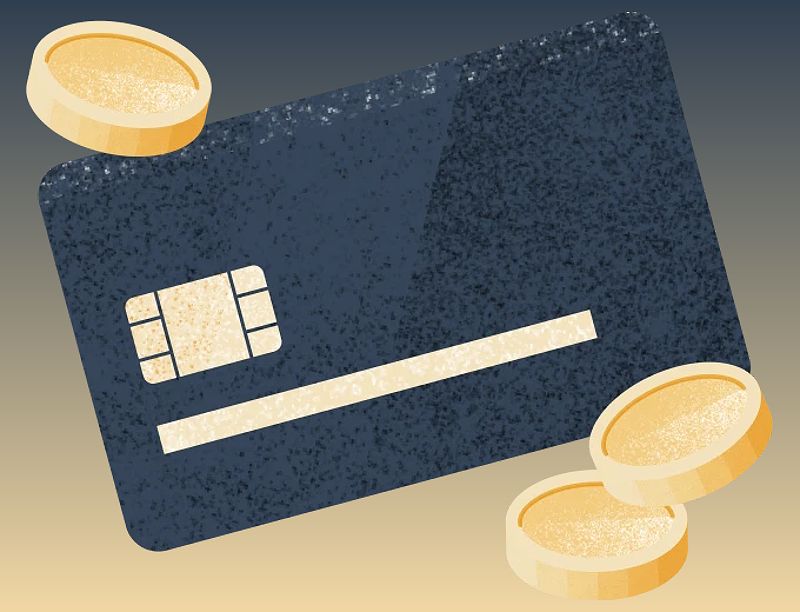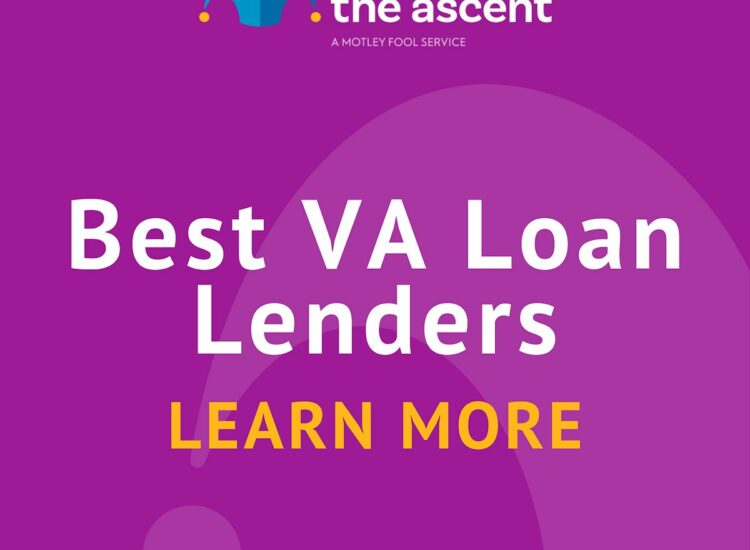High-interest credit card debt can be a constant burden, leaving millions of Americans feeling trapped and overwhelmed. In 2024, the average credit card APR stood at a staggering 21.47%, making it increasingly difficult to keep up with minimum payments. In this environment, a personal loan to pay off credit card debt often seems like an attractive solution, promising lower interest rates and simplified monthly obligations.
Toc
- 1. Understanding Your Credit Situation and Debt Load for a Personal Loan to Pay Off Credit Card
- 2. Comparing Personal Loan Offers and Interest Rates
- 3. Related articles 01:
- 4. Exploring Alternatives to a Personal Loan for Credit Card Debt
- 5. Creating a Sustainable Budget and Repayment Plan
- 6. Seeking Professional Help
- 7. Related articles 02:
- 8. Frequently Asked Questions
- 9. Conclusion
However, this seemingly straightforward fix can backfire, especially for those already struggling financially. While a personal loan for credit card debt may provide temporary relief, it may not be the best long-term strategy for borrowers with poor credit profiles or precarious financial situations. Before taking on a personal loan to pay off credit cards, it’s crucial to carefully evaluate your credit standing, debt-to-income ratio, and the loan terms to ensure this option aligns with your unique circumstances.
Understanding Your Credit Situation and Debt Load for a Personal Loan to Pay Off Credit Card
The first step in determining if a personal loan to pay off credit card debt is the right choice is to assess your current credit profile. Your credit score and debt-to-income ratio will play a significant role in the interest rate and terms you qualify for on a personal loan for credit card debt.
Assessing Your Credit Score
If your credit score has taken a hit due to your credit card debt, you may not be able to secure the best personal loan rates. As of October 2024, the average APR on a 24-month personal loan was 12.35%, according to the Federal Reserve. While this is lower than the prevailing credit card interest rate, it may still be prohibitively high if your creditworthiness is poor.
For example, a borrower with a FICO score of 750 might qualify for a personal loan with an APR around 8%, while someone with a score of 600 might face an APR closer to 18% or even higher, depending on the lender and loan term. This significant difference underscores the importance of improving your credit score before applying for a personal loan to pay off credit card debt.
To check your credit score, you can obtain a free report from AnnualCreditReport.com. This website allows you to access your credit report from the three major credit bureaus: Equifax, Experian, and TransUnion. Review your credit report for any inaccuracies or discrepancies that could negatively impact your score. If you find errors, dispute them promptly to improve your credit standing.
Understanding Your Debt-to-Income Ratio
In addition to your credit score, your debt-to-income (DTI) ratio is crucial in evaluating your financial health. This ratio is calculated by dividing your total monthly debt payments by your gross monthly income. A healthy DTI ratio is typically below 36%, with no more than 28% of that debt going toward housing costs.
To calculate your DTI ratio, add up all your monthly debt payments, including credit card bills, student loans, auto loans, and mortgage payments. Then, divide that sum by your gross monthly income. If your DTI ratio exceeds 36%, it may be challenging to secure a personal loan for credit card debt at a favorable rate, making it essential to consider alternatives.
The Impact of a Personal Loan on Your Credit Utilization Ratio
When using a personal loan to pay off credit card debt, it’s also important to consider how this will affect your credit utilization ratio. This ratio measures the amount of credit you are using compared to your total available credit. High credit utilization ratios negatively impact credit scores. Ideally, you want to keep this ratio below 30%. Paying off credit cards with a personal loan can help lower your credit utilization, which may positively impact your credit score over time.
Comparing Personal Loan Offers and Interest Rates
When exploring personal loan options, it’s essential to shop around and compare offers from multiple lenders. Pay close attention to the Annual Percentage Rate (APR), which includes both the interest rate and any associated fees. This will give you a more accurate representation of the true cost of the loan.
Shopping for the Best Rates
Start by researching various lenders, including traditional banks, credit unions, and online lenders. Each lender may offer different rates and terms based on their assessment of your creditworthiness. The current economic climate is characterized by rising interest rates, impacting both credit card APRs and personal loan rates. This makes careful comparison shopping and understanding the long-term implications of debt consolidation even more critical. Utilize online comparison tools to quickly evaluate multiple offers side by side.
Online lenders often offer competitive rates and streamlined application processes. However, it’s crucial to thoroughly research the lender’s reputation and security measures before submitting any personal information. Don’t hesitate to negotiate with lenders; sometimes, they may offer you a better rate if you express interest in their loan products. Additionally, consider pre-qualifying for loans, which allows you to see potential rates without affecting your credit score.
Fixed vs- Variable Interest Rates
Consider both fixed and variable interest rates when comparing personal loans. A fixed interest rate remains the same throughout the life of the loan, providing predictable monthly payments. In contrast, a variable interest rate can fluctuate based on market conditions, which may lead to lower initial payments but could increase over time. Carefully evaluate your financial situation and choose the option that best fits your risk tolerance and budget.
Understanding Loan Terms and Fees
Carefully read the fine print and understand all the terms and conditions before signing any loan agreement. Look for additional fees, such as origination fees, late payment fees, or prepayment penalties. These fees can significantly impact the overall cost of borrowing and should be factored into your decision-making process.
1. https://goldnews24h.com/archive/5149/
2. https://goldnews24h.com/archive/5020/
3. https://goldnews24h.com/archive/5154/
Exploring Alternatives to a Personal Loan for Credit Card Debt
If your credit score or debt-to-income ratio makes a personal loan to pay off credit cards an unsuitable option, or if the available interest rates are too high, there are alternative debt relief strategies worth considering:
Debt Management Programs (DMPs)
Debt management programs, offered by credit counseling agencies, can be a more effective solution for individuals struggling to make their credit card payments. These programs involve negotiating with your creditors to lower interest rates and potentially reduce your monthly payments. The credit counseling agency will then consolidate your debts into a single, more manageable monthly payment.
When choosing a credit counseling agency, verify their accreditation with the National Foundation for Credit Counseling (NFCC) or the Financial Counseling Association of America (FCAA). Reputable agencies will provide a detailed plan outlining fees, timelines, and communication protocols. Be wary of agencies that promise unrealistic debt reduction or charge excessive upfront fees.
Pros of DMPs:
- Lower interest rates on credit card debt.
- Reduced monthly payments.
- Improved financial organization.
Cons of DMPs:
- Commitment to the program for several years.
- Initial dip in your credit score due to the accounts being listed as “in a debt management plan.”
- Potential fees charged by the credit counseling agency.
Balance Transfer Credit Cards
Balance transfer credit cards can provide a temporary respite from high-interest credit card debt by allowing you to transfer your balances to a new card with a 0% introductory APR for a limited time (usually 12-18 months). This can save you money on interest and help you pay down your debt more quickly. However, be mindful of balance transfer fees, which typically range from 3% to 5% of the amount transferred, and ensure you have a repayment plan in place before the promotional period ends.
Debt Consolidation Loans
Similar to a personal loan , a debt consolidation loan combines multiple debts into a single, new loan. The key difference is that a debt consolidation loan is specifically designed for this purpose, often with more favorable terms and interest rates than a general personal loan for credit card debt. This option can simplify your payments and potentially lower your overall interest rate.
Debt Settlement
Debt settlement, while a last resort option, involves negotiating with your creditors to accept a lump-sum payment that is less than the total amount you owe. This can significantly reduce the total amount you owe, but it comes with severe consequences, including a major negative impact on your credit score and potential tax implications on the forgiven debt. If you are considering debt settlement, it’s crucial to weigh the pros and cons carefully and consult with a financial advisor.




Creating a Sustainable Budget and Repayment Plan
Regardless of the debt relief strategy you choose, developing a realistic budget and addressing the root causes of your debt are crucial steps in achieving long-term financial stability.
Tracking Income and Expenses
Start by carefully tracking your income and expenses to identify areas where you can cut back. Utilize budgeting tools and resources to help you create a sustainable spending plan. Apps like Mint or YNAB (You Need A Budget) can help you monitor your finances in real-time.
Identifying Areas for Cutbacks
Look for discretionary expenses you can reduce or eliminate. This may include dining out less frequently, canceling unused subscriptions, or finding more affordable entertainment options. Prioritize your debt repayment by allocating any extra funds toward your highest-interest debts first.
Implementing Budgeting Methods
Consider adopting a budgeting method that suits your financial situation. Popular methods include:
- 50/30/20 Rule: Allocate 50% of your income to needs, 30% to wants, and 20% to savings and debt repayment.
- Zero-Based Budgeting: Assign every dollar of your income a specific purpose, ensuring that your expenses equal your income.
Sticking to Your Repayment Plan
Creating a budget is only the first step; sticking to your repayment plan is essential to avoid further debt accumulation. Regularly review your budget to ensure you remain on track and make adjustments as necessary.
Seeking Professional Help
Navigating the world of debt relief can be overwhelming, which is why it’s often beneficial to seek the guidance of a professional. Credit counseling agencies and financial advisors can provide invaluable expertise, helping you evaluate your options and develop a customized plan to address your unique financial situation.
The Importance of Professional Guidance
Professional advisors can help you understand the implications of various debt relief options and assist you in creating a sustainable budget. They can also provide support in negotiating with creditors and finding reputable credit counseling agencies.
1. https://goldnews24h.com/archive/5156/
2. https://goldnews24h.com/archive/5114/
3. https://goldnews24h.com/archive/5109/
Frequently Asked Questions
Q: What is the difference between a personal loan and a debt consolidation loan?
A: While similar, a debt consolidation loan specifically targets combining multiple debts, often at a lower interest rate. A personal loan can be used for various purposes, including debt consolidation.
Q: How can I improve my chances of getting approved for a personal loan?
A: Improve your credit score, lower your debt-to-income ratio, and shop around for lenders offering loans to borrowers with your credit profile.
Q: What happens if I miss payments on a personal loan?
A: Late or missed payments will negatively impact your credit score, potentially leading to higher interest rates and collection actions from the lender.
Q: Are there any fees associated with personal loans?
A: Yes, expect origination fees, late payment fees, and potentially prepayment penalties depending on the lender and loan terms.
Q: Is bankruptcy an option?
A: Bankruptcy should be considered a last resort option when all other debt relief strategies have failed. While it can provide a fresh start, it also comes with significant long-term consequences.
Conclusion
While a personal loan to pay off credit card debt may seem like an obvious solution, it’s not the best option for everyone. Before committing to a personal loan for credit card debt, carefully assess your credit score, debt-to-income ratio, and compare loan offers to ensure it aligns with your financial situation.
If a personal loan to pay off credit cards isn’t the right fit, explore alternative debt relief strategies, such as debt management programs, balance transfer credit cards, or debt consolidation loans. Ultimately, the key to breaking free from credit card debt lies in creating a sustainable budget, addressing the root causes of your debt, and seeking professional guidance when needed.
By taking a thoughtful and informed approach, you can regain control of your finances and build a brighter financial future.










